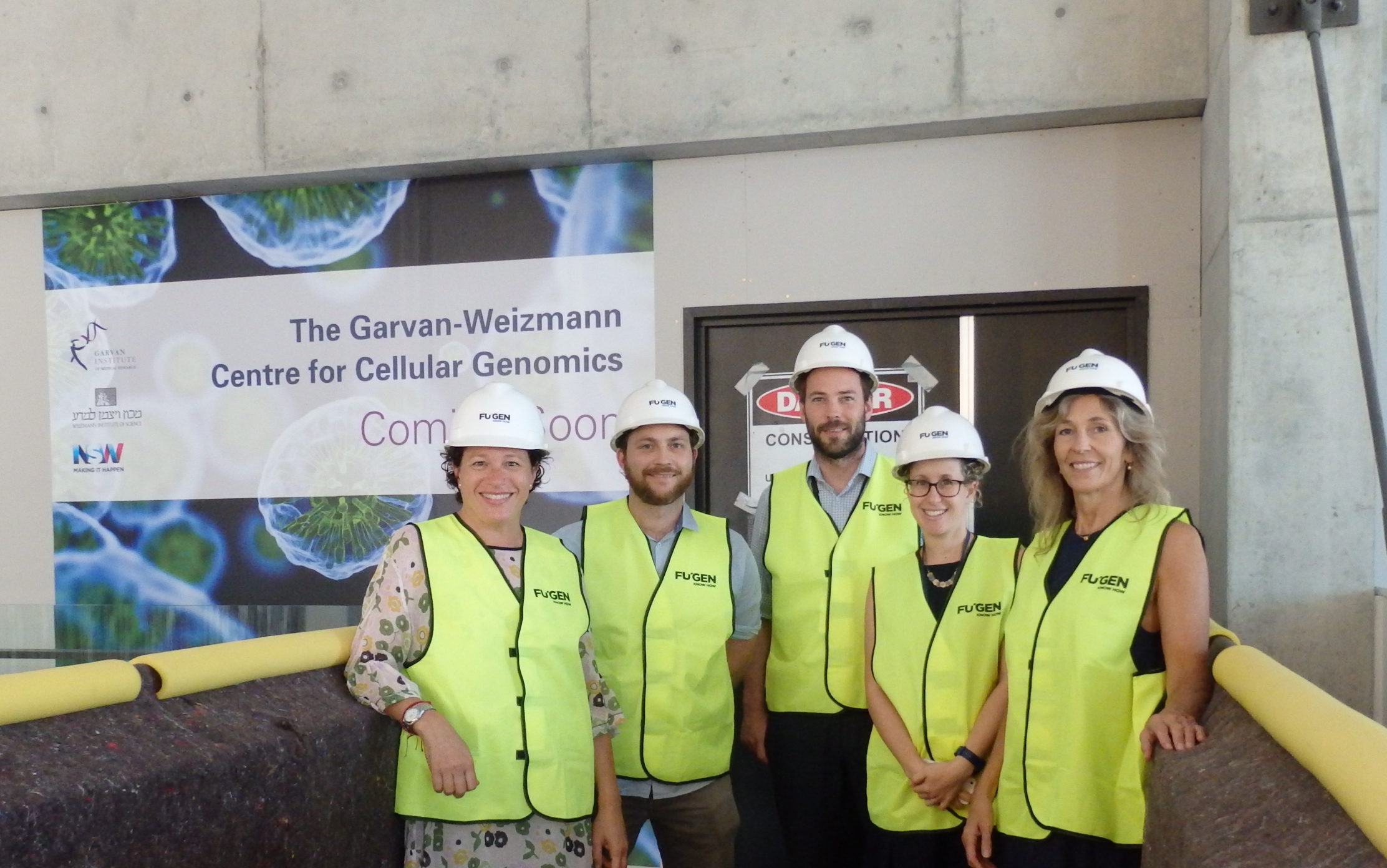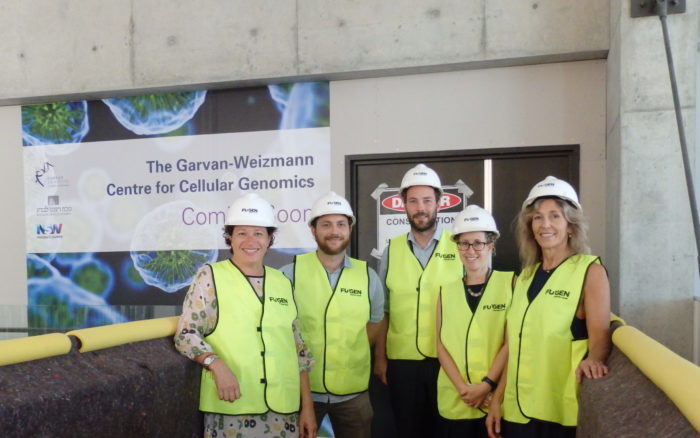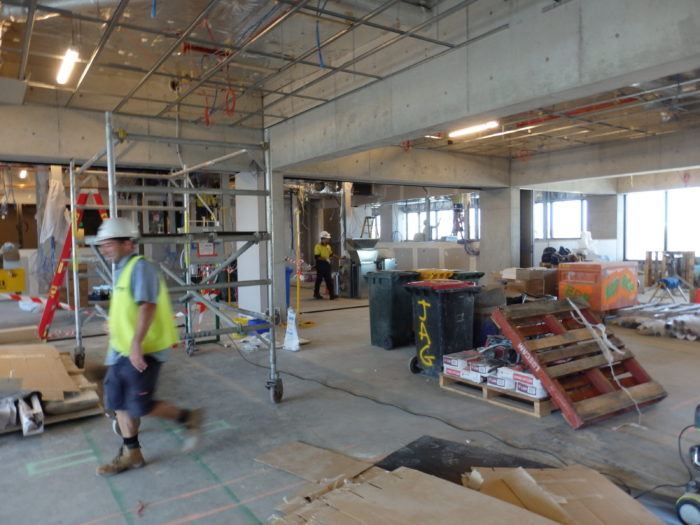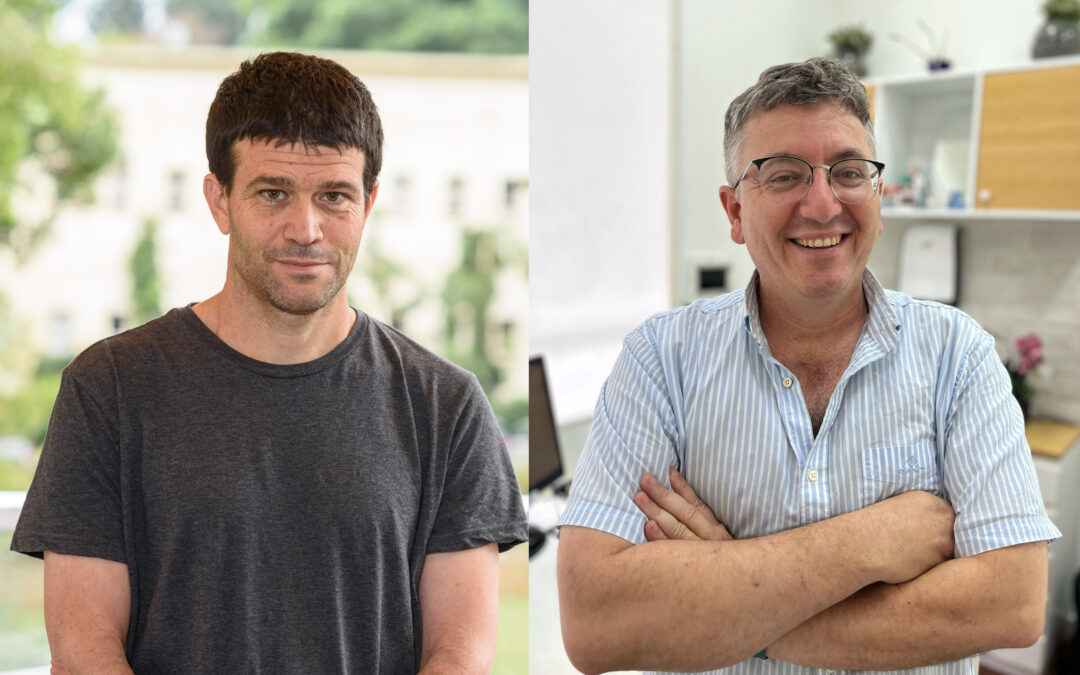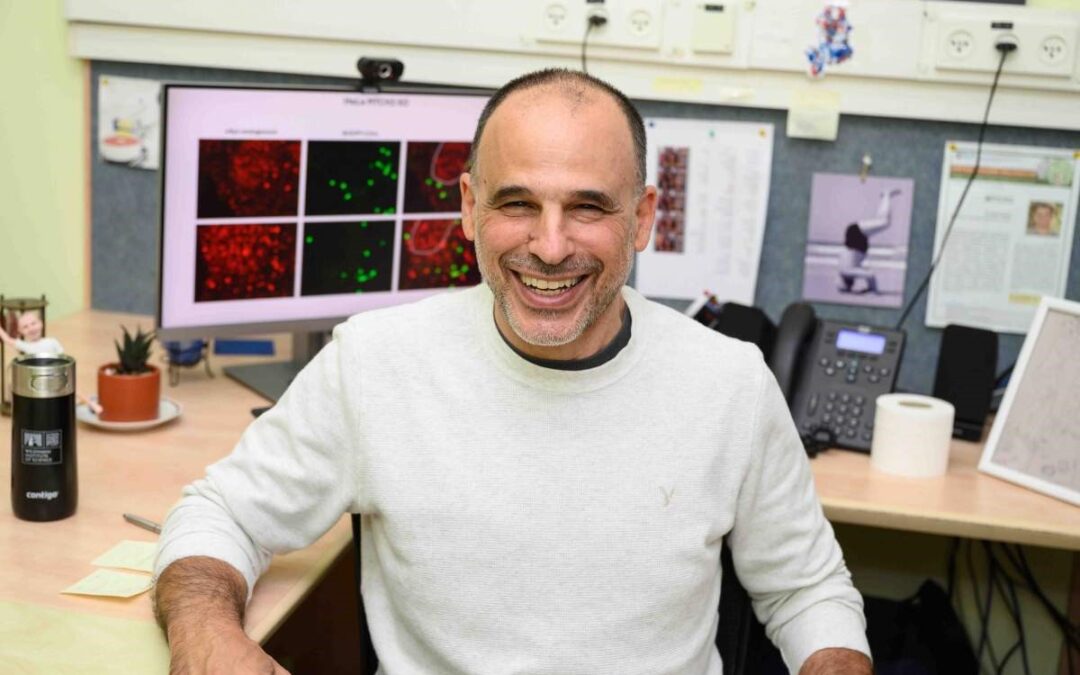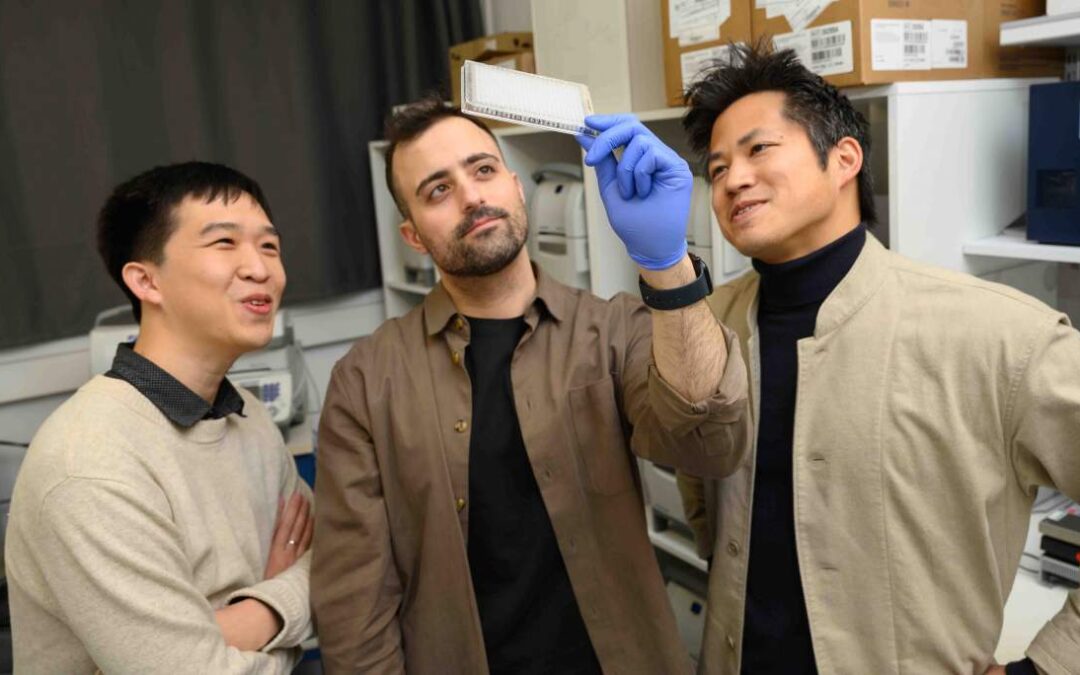It started with a couple of scientists working halfway around the world from each other. Professor Peter Croucher at the Garvan Institute was working to understand why, even after a person has been cured of cancer, it could reappear, sparked by the movement of a few cells that had been hiding in the bones out of harm’s way, protected from the chemotherapy and radiotherapy used to kill the rest of the cancerous cells. What made these few cells different from the other cancer cells and sneaky enough to hide?
Meanwhile, in Israel at the Weizmann Institute of Science, Professor Ido Amit was developing new techniques to sequence the genome of a single cell, so that differences in individual cells could be accurately identified. This technique could help to answer Professor Croucher’s questions and many more.
From two scientists, this has turned into two leading institutes collaborating to create a new centre called the Garvan-Weizmann Centre for Cellular Genomics. Funded by philanthropists and the NSW Government, this joint initiative was applauded by Prime Ministers, Malcolm Turnbull and Bibi Netanyahu, on the Israeli Prime Minister’s recent visit to Australia.
Announced in November 2016, the Centre is currently under construction and due to be completed later this year.
On a recent tour of the construction site, Weizmann Australia representatives – Rina Michael, Executive Director, and Executive Officer, Dr Kirsten Shteinman – were advised by the Technical Director, Robert Salomon, that the area will be transformed by April. It was the first time since construction started that Weizmann Australia representatives have visited the site, which occupies the 11th floor of the the Kinghorn Cancer Centre, adjacent to the Garvan Institute in Sydney’s Darlinghurst area.
“We are making fast progress and within a month we will begin installation of the technical equipment,” he said.
The partnership will involve a staff and student exchange across continents, collaborative projects between Garvan and Weizmann scientists, state-of-the-art technologies for cell handling, single-cell genomics, transcriptomics, and bioinformatics, and the development of new educational approaches for understanding genomics. The power of cellular genomics will be used to generate unique insights into cancer as well as uncover new therapeutic approaches to ultimately improve clinical practice.
The Garvan-Weizmann partnership will result in a world-first centre in this area of research that promises to have a major impact worldwide.
